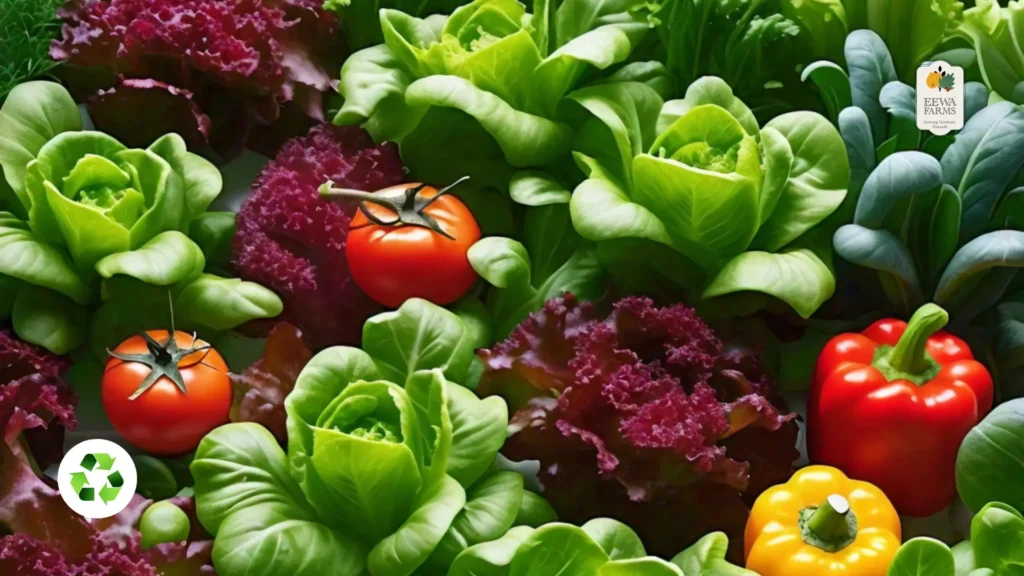How Hydroponic Vegetables Support Sustainability
How Hydroponic Vegetables Support Sustainability

Introduction:
You can enjoy fresh, nutritious vegetables and help the environment with hydroponic farming. This method involves growing plants without soil, using water mixed with nutrients instead. It’s a sustainable way of farming that benefits both you and the planet. Let’s see how hydroponics works and why it’s a great meal option.
No Soil? No Problem! How Hydroponic Vegetables Grow
Plants do not need soil to thrive. Hydroponics uses water with nutrients to support plant growth. This method can be used indoors or outdoors, making it versatile. Different hydroponic systems, like nutrient film technique (NFT) and deep water culture (DWC), deliver nutrients directly to the plants through the water, promoting healthy growth.
Hydroponics is efficient with water usage. It recycles water, which is particularly useful in areas where water is limited. This method also supports faster and more robust plant growth.
The Green Benefits: How Hydroponics Helps the Environment
Hydroponics provides several environmental benefits. Traditional farming uses a lot of water, fertilizers, and pesticides, which can be harmful. Hydroponics uses up to 90% less water and recycles it, reducing waste and pollution.
Additionally, hydroponics can lower greenhouse gas emissions. By growing food closer to where it’s needed, there is less need for transportation, which cuts down on pollution and ensures fresher produce.
Your Salad’s New Best Friend: Why Hydroponic Veggies Are Healthier and Tastier
Hydroponic vegetables taste much better than soil-grown ones. They often have a more intense flavor because they get a constant supply of nutrients. These vegetables can also be richer in vitamins, such as A and C. The hydroponic farms are within the vicinity of the city/town. They are much fresher as the distance the produce has to travel to reach you is much shorter.
Since hydroponics does not use pesticides, the vegetables are generally cleaner and healthier. This makes them a tasty and nutritious choice for your diet.
DIY Hydro-Magic: How to Start Your Own Hydroponic Garden
Starting a hydroponic garden at home is simple. Choose a spot with plenty of light, such as near a window or under grow lights. Use a container with a growing medium like clay pellets, mix water with nutrients, and plant your seeds or seedlings. With some care, you can grow fresh herbs and vegetables in your own space. Or you can always contact us at +91 7669 554455.
Till September 2024, we have setup more than 2000 home and kitchen garden where our community of growers are enjoying the vegetables of their hard work. You can go to the Home & Kitchen Garden section and see the images of various projects we have undertaken so far.
The Future is Fresh: How Hydroponics Could Transform Food Production
Hydroponics is reshaping how we grow food. As cities grow and farmland decreases, hydroponic farms may become more common in urban areas or unused buildings. This could ensure a year-round fresh produce supply and contribute to a more sustainable food system.
Conclusion: Join the Hydroponic Revolution and Eat Smarter
Hydroponic vegetables are a smart choice for your health and the environment. Hydroponic farming uses less water, reduces pollution, and offers fresh, and nutritious produce. By choosing hydroponic veggies, you are making a positive choice. Try starting your own hydroponic garden—it’s an easy and eco-friendly way to make a difference.

